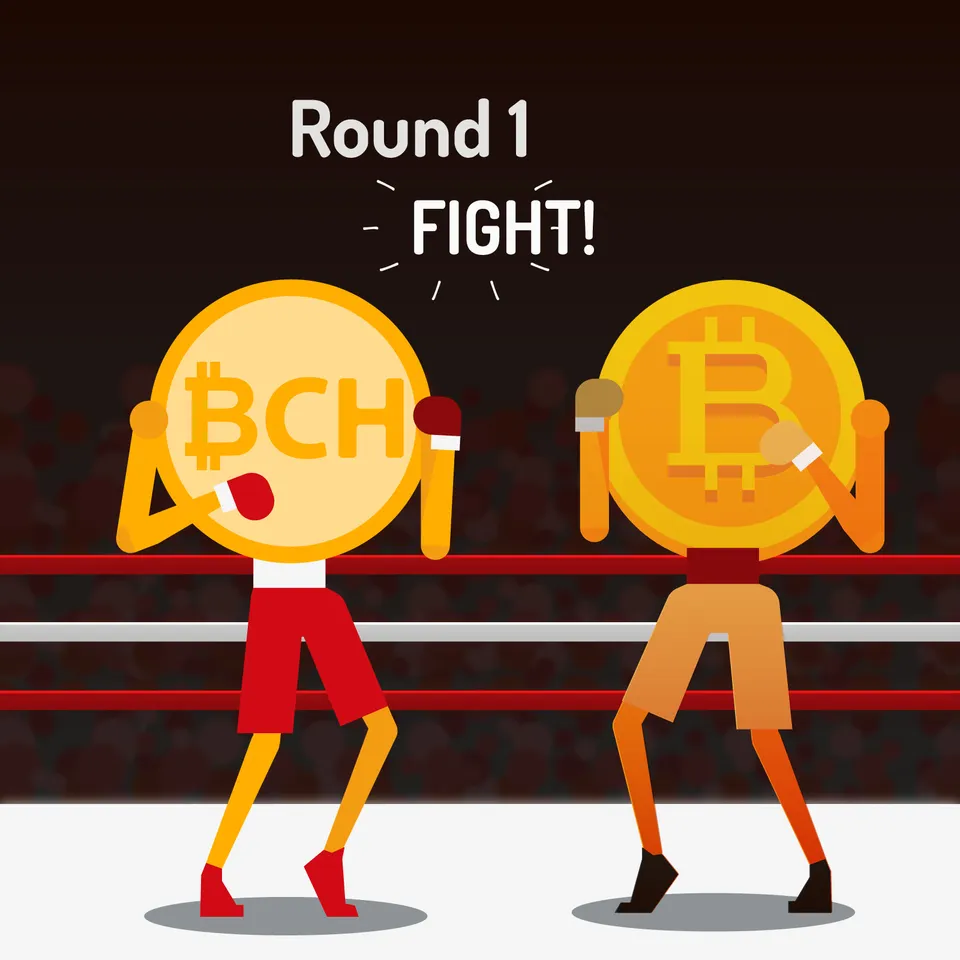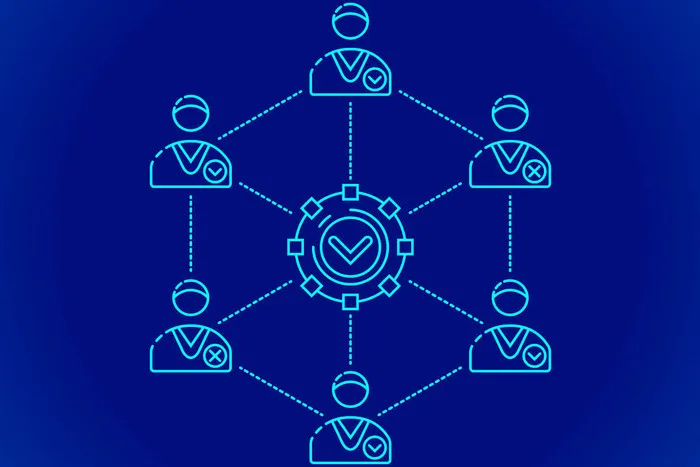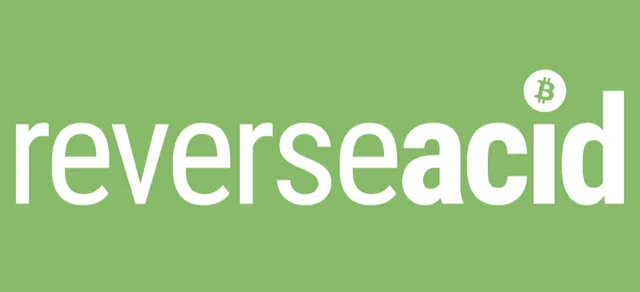
After going through a lot of information and conversations about Bitcoin and Bitcoin Cash, two problematic elements seem to be at the top of people’s list of deficiencies of these markets are volatility and mining centralization.

Every argument against Bitcoin starts with mining centralization. In this case, I’m talking about an informed person who has done their research. The Roubini’s and Dimon’s who simply call Bitcoin a fraud because they either don’t agree with the principles or because it challenges their oligarchy (respectively) are excluded from this. People who have been up to date - studying and researching this space - often come to this conclusion.
42.5% of the current Bitcoin hash rate is controlled by the top 5 mining pools. 80.5% of the hash rate is controlled by mining pools while the remaining 19.5% is controlled by individuals and other smaller pools of miners. It seems an awful lot like the current economic system where a few wealthy individuals and large institutions control the global economy. But this is far from the truth.
Another top concern for people is the volatility. As I mentioned in a previous article, we cannot use frameworks for other asset classes to define cryptocurrency. Volatility hinders adoption and lack of adoption prolongs volatility – a paradox for the ages. While mining centralization is a relatively new addition to the list of problems, volatility is quite possibly the oldest. People keep talking about waiting for volatility to subside, but it isn’t that easy. Moreover, volatility is linked to the blatant manipulation in the market. But maybe we need to think about the possibility of volatility not disappearing. The volatility is something we may have to hold dear. But that lasts only till we are pegged to the fiat world.
These two problems are beautifully tied together and influence each other. So let’s dig right into it.
The Current Global Economy and Bitcoin
The volatility-adoption paradox doesn’t seem to be going anywhere. That is something we have to accept for the near future. There doesn’t seem to be a solution present for the volatility. On one hand we can make the argument that as supply expands and price moves upwards, the amount of control these whales have in the market will diminish. But how can we know the whales aren’t miners who are increasing their control by directly absorbing the supply? The simple answer is we cannot. When you’re dealing with trustless markets, uncertainty is a by-product which you must bear. But it doesn’t mean these markets are not efficient or useful. In fact, I would argue that it makes Bitcoin much more efficient.
In the current economic landscape, there is the same (if not more) amount of manipulation. It’s just hidden in a web of deceit and lies. It is run by a private cartel that colludes with the government. Who controls the currency markets? Central banks and governments do. This isn’t ‘speculation’. Most countries peg their currency on a system called a ‘managed float’. A managed float is literally defined as a system where the government has the ability to push or pull price based on what they feel is required. China follows a peg called a ‘dirty float’ where they manipulate the price of the Yuan beyond the accepted boundaries. It is called dirty because other countries don’t like it. More specifically, the USA doesn’t like it. The IMF, World Bank and all other supranational agencies are all American cronies. America provides the most funding to these institutions. In return, they grant them a pass to do as they please. 16.52% of the votes belong the USA. China, Japan, and Germany follow closely with around 6%.
When you compare such an economy to Bitcoin you’ll see one uncanny similarity - the existence of a cartel of high liquidity entities who move the market. But these market movers in Bitcoin cannot control who can be a part of the network and who can’t. They can’t decide if the network changes dimensions or consensus. So all the people who say Bitcoin isn’t decentralized are actually very wrong. These assumptions are based on the fact that 80% of the hash rate belongs to the known mining pools. This is a real risk. But more than causing something malicious, this is just setback to development. The real developers who submit commits and actually write the code are different from the mining pools. Most mining pools will stick with whatever these developers propose as the real technological innovation comes from them. These pools could potentially use their power to play around with the network and/or double spend coins, but they cannot change the network. If the developers feels the miners are blocking something necessary, they can fork the network and continue on the new chain. For this reason, these pools will stick with what I call ‘developer consensus’. This means that the real risk of malicious intent in Bitcoin stems from the developers. The real decentralization needs to be in the code base over the hash rate. This doesn’t mean the centralization of Bitcoin mining isn’t a problem. It most definitely is. My opinion is that it is a slightly overblown problem while more important issues are being neglected.
Real Blockchain Consensus
Let’s view this with an example. Has the Bitcoin network ever been under attack because a mining pool tried to double spend their transactions? Alternatively, has the Bitcoin network ever forked because a mining pool was up to something? The answer is a straight no. But from a development stand point, when developers disagree, a fork is imminent. The minority group forks the network and heads off into their own direction. This is happened when BCH forked from BTC and when BSV forked from BCH. The mining pools have no real network power because they simply run the network, they don’t make the network.

One particular mining pool, Antpool (owned by Bitmain), was mining empty blocks just for the block reward. When asked why, their answer was “because we can”. So when this started to blow up in the community, Antpool reduced the frequency of these greatly. This is because they understand the scenarios this can go down; neither of those ends in favor of Antpool. Let’s say this continued and hindered the network. The developers would most likely work this into the code to make mining empty blocks a penalty that strips the miner of their reward. Suppose they don’t receive the consensus to do so, they would fork the network and implement it. People automatically shift to the new chain because it’s were the development happens. Since the transactions and value is in the new forked chain, the mining pools will move. At the end, the mining pools don’t really win the power battle: the developers do.
Think of it from a traditional context in an imaginary scenario where power isn’t concentrated with banks. Chase, Wells Fargo, Citibank, and Bank of America control most of the money supply. Imagine these banks only getting to process transactions and take their cut of the fees and interest from banking activities. But when it came down to who can use their services, they had absolutely no control. This was decided by an independent group of people who share different views and perspectives. This is what a government is supposed to be like. Unfortunately, governments allow privatized financial institutions to run the economy. This means in the end, individuals have no say in what happens in the entire process. But that’s the beauty of Bitcoin. It integrates governance in a way that empowers a regular person. You don’t need a law degree from Yale or Harvard to join a cult of elites and take part in running the system. You just need a computer and the will to contribute.
Just for the sake of putting everything out there, the mining pools play an important role. Bitcoin’s mempool is currently around 40-60 thousand transactions. For reference, the mempool is the pool of unconfirmed transactions on the Bitcoin blockchain. This sudden spike in activity has been succeeded by a huge spike in transaction fees. The fee to be included in the next block is $2.12 per transactions and $2.06 to be confirmed after 6 blocks (60 minutes). It’s scary to imagine the state of the network if it didn’t have the mining pools contributing such a large portion of the hash rate. Maybe giving up on some of the things the Bitcoin community wants in the short term for some much needed functionality isn’t so bad after all.
Working Past Shortcomings
Decentralized systems are nascent. Unfortunately, mainstream adoption is quite far off. The developmental angles for cryptocurrency are getting better, but they aren’t at the level required for global penetration. My semi-evidenced prediction for the future is that we will have an ecosystem of decentralized protocols and systems rather than just one sole protocol we rely on. The single-protocol structure is what Bitcoin maximalists believe to be the future. Unfortunately for them, all the data on adoption and growth points in the other direction. This ecosystem of decentralized systems is at best in the initial development stage as we are still intellectually structuring it.

Volatility is an innate feature of small, unregulated markets. This is such an easy thing to say but so incredibly difficult to implement. The markets will continue to be volatile for quite some time. It isn’t something that will disappear overnight. In fact, we should ideally be prepared for it to never stop. This is why development of portfolio backed stablecoins like Reserve Protocol are important to the ecosystem. Gold developed its reputation as a store of value after years of proving itself to be one. Bitcoin doesn’t become a store of value just because we want it to be one.
The need for stablecoins might diminish if we move to a pure one-crypto economy. For simplicity, let’s assume this single crypto will be Bitcoin. All prices are quoted in Bitcoin. The volatility of the peg to USD no longer matters. The economy is deflationary as supply is limited, but it isn’t deflationary in a bad way because it doesn’t de-incentivize production and spending. When we do have a crypto economy, I can guarantee it will not be a single-coin system. Various utility tokens and cryptocurrencies with different functionalities will co-exist. This example was just to show you that volatility exists because fiat is dominant. In a society where fiat is no longer dominant, volatility would cease to exist. Rather, Bitcoin may become the USD in the sense that everything else will be pegged to it. The second the peg disappears, it takes volatility along with it.
I’ll end this with a famous quote from the ever-positive doge community: “1 doge = 1 doge”.
- AB
ReverseAcid Monthly Recap
- ReverseAcid Monthly Recap - November 2018 (Vol 1)
- ReverseAcid Monthly Recap - December 2018 (Vol 2)
- ReverseAcid Monthly Recap - January 2019 (Vol 3)
- ReverseAcid Monthly Recap - March 2019 (Volume 4)
Crypto Analysis Series
- Part 1 - Basic Attention Token and How It's Revolutionizing the Internet
- Part 2 - Golem Network Token as a Potential Giant Killer
- Part 3 - Augur and the Future of Decentralized Predictions Markets
- Part 4 - Dogecoin - Such Meme, Much Value
- Part 5 - Zilliqa
- Part 6 - IOTA
Previous Posts
- Legislation and Taxation of Cryptocurrencies - A (Very) Brief Outlook
- CME Futures and Dealing With Volatility
- Two Men on an Island - An Introduction to Zero-Knowledge Proofs and What Follows (Part - 1)
- Why Unveiling Fake Volume is Essential for Market Growth
- Understanding the Difference Between an ‘Open-Community’ and ‘Closed-Network’ Blockchain
- Operational Difficulties in Running a Cryptocurrency Exchange
- Dharma Protocol: Tokenized Debt and Funding Through Decentralized Systems
- Should Cryptocurrency Wallets be Registered with Government Authorities
- Venezuelan Economic Crisis: An Outsider's Perspective
- Barriers to Stablecoin Adoption: Detaching from the Traditional Notion of Markets
- Why Bitcoin Proves Markets Function on Behavior
- 2 Key Areas Zilliqa Identified Weakness in the Ethereum Protocol and Improved It
About Reverse Acid

Be a part of our Discord community to engage in related topic conversation.

Follow our Instagram and Twitter page for timely market updates

